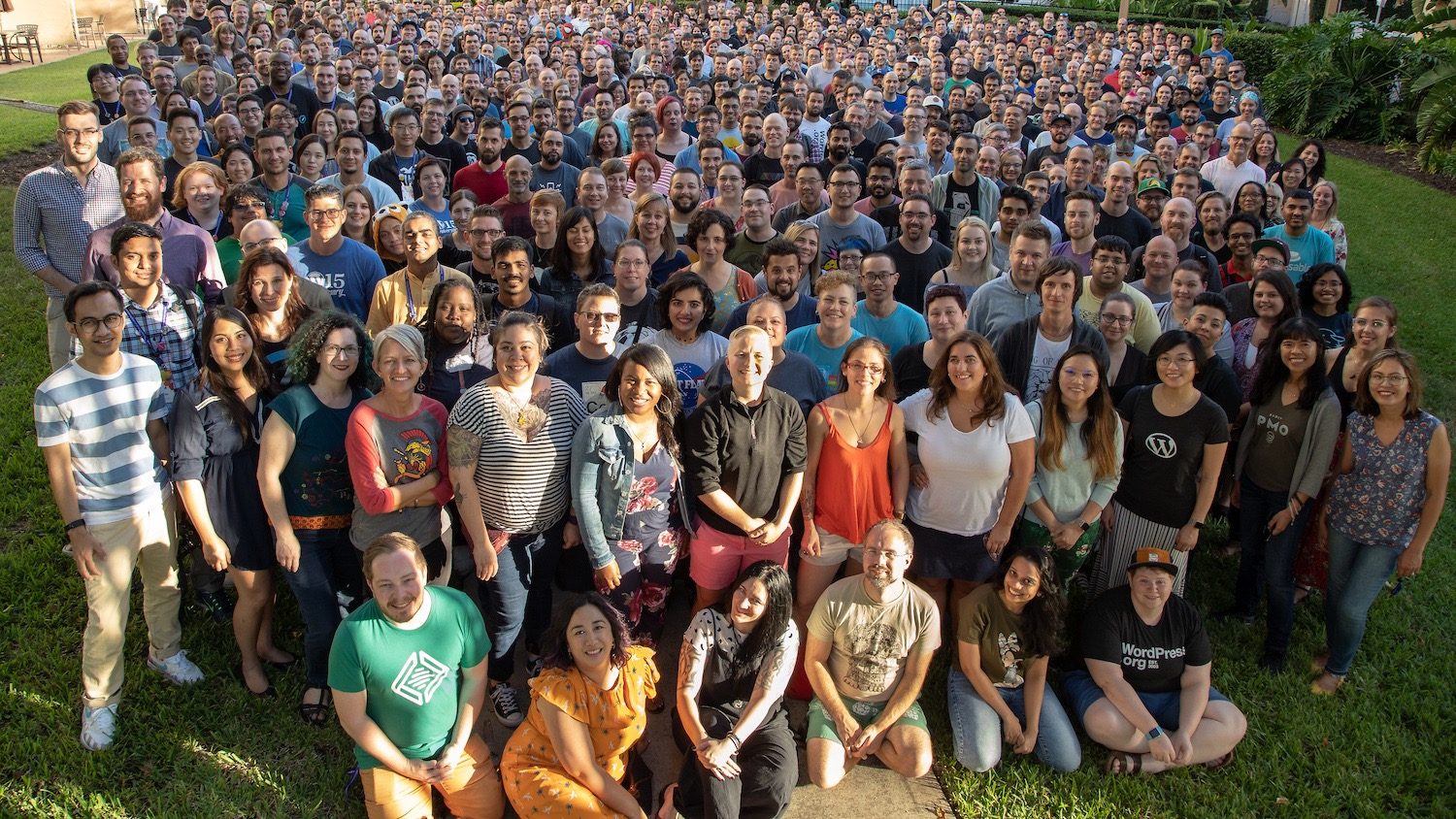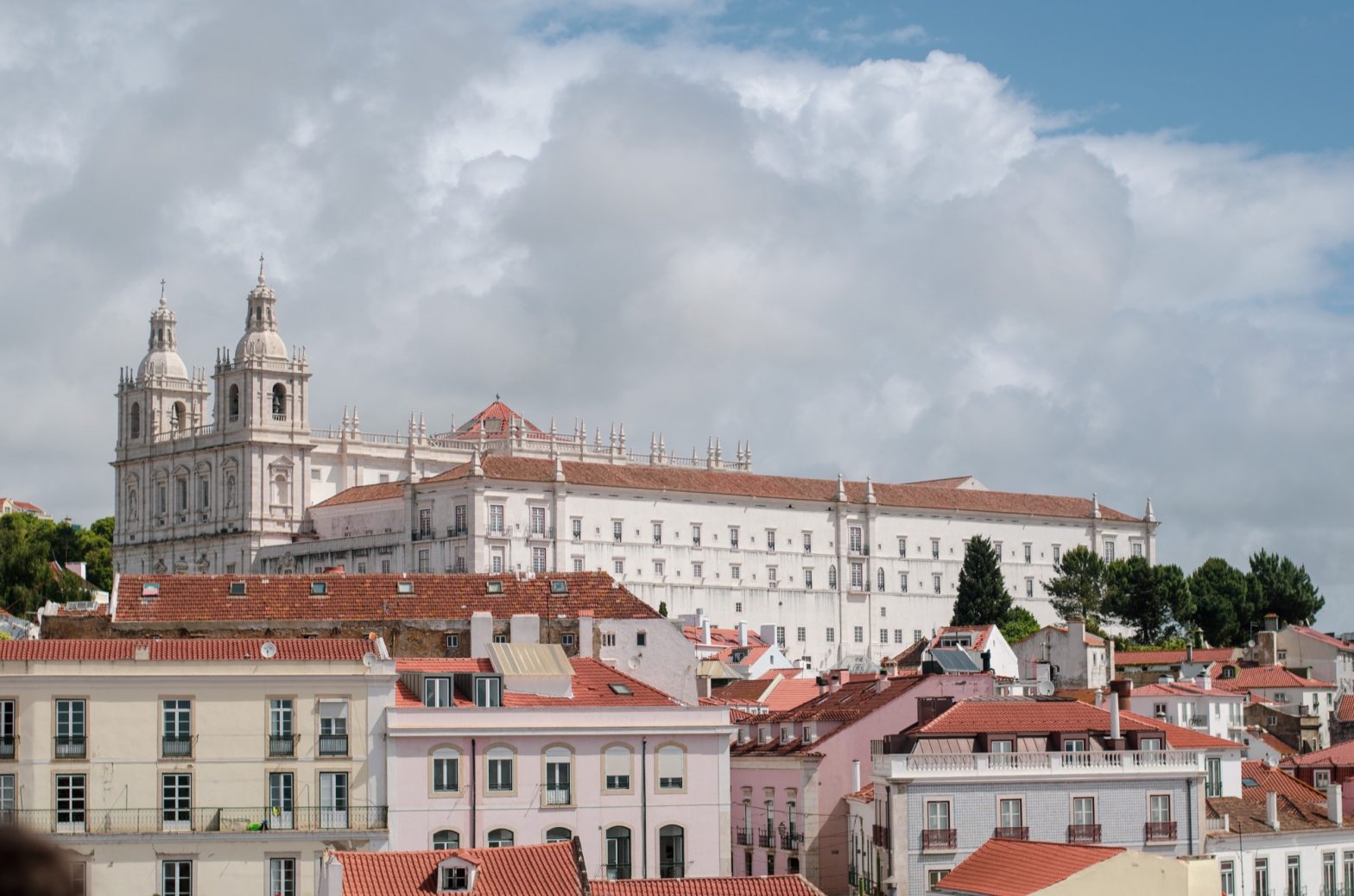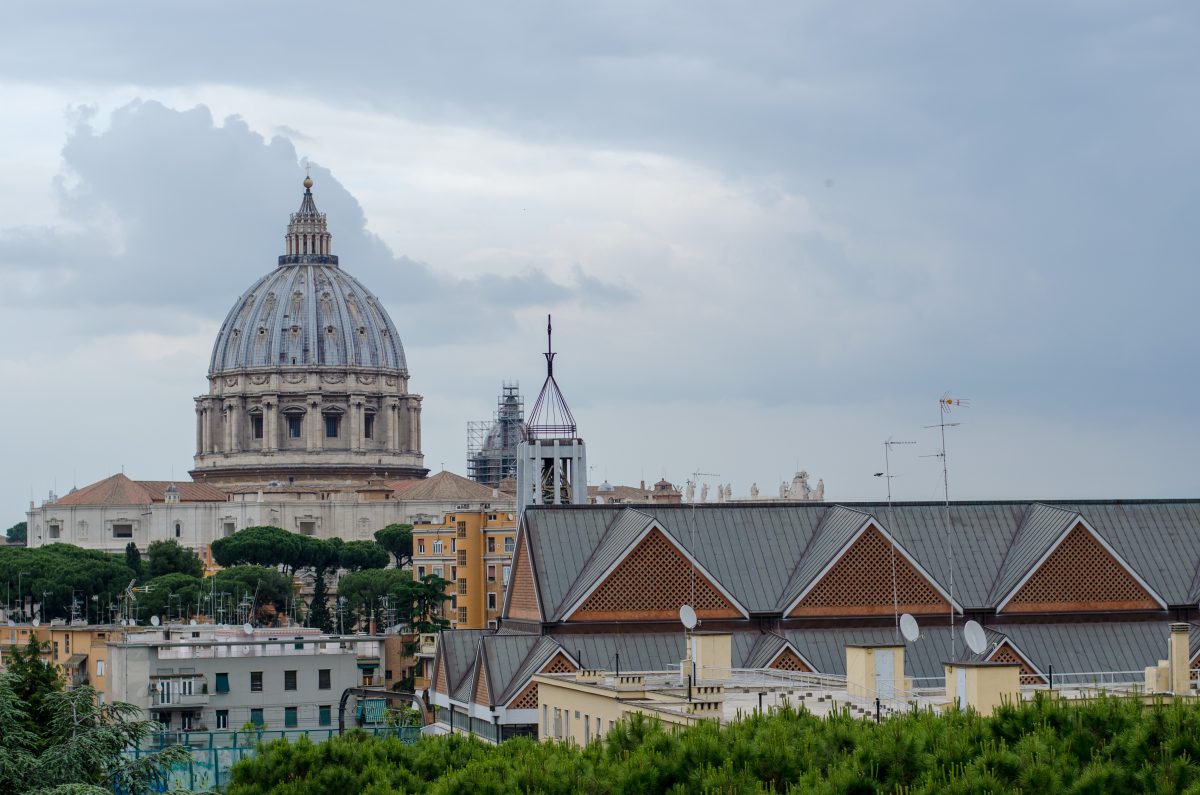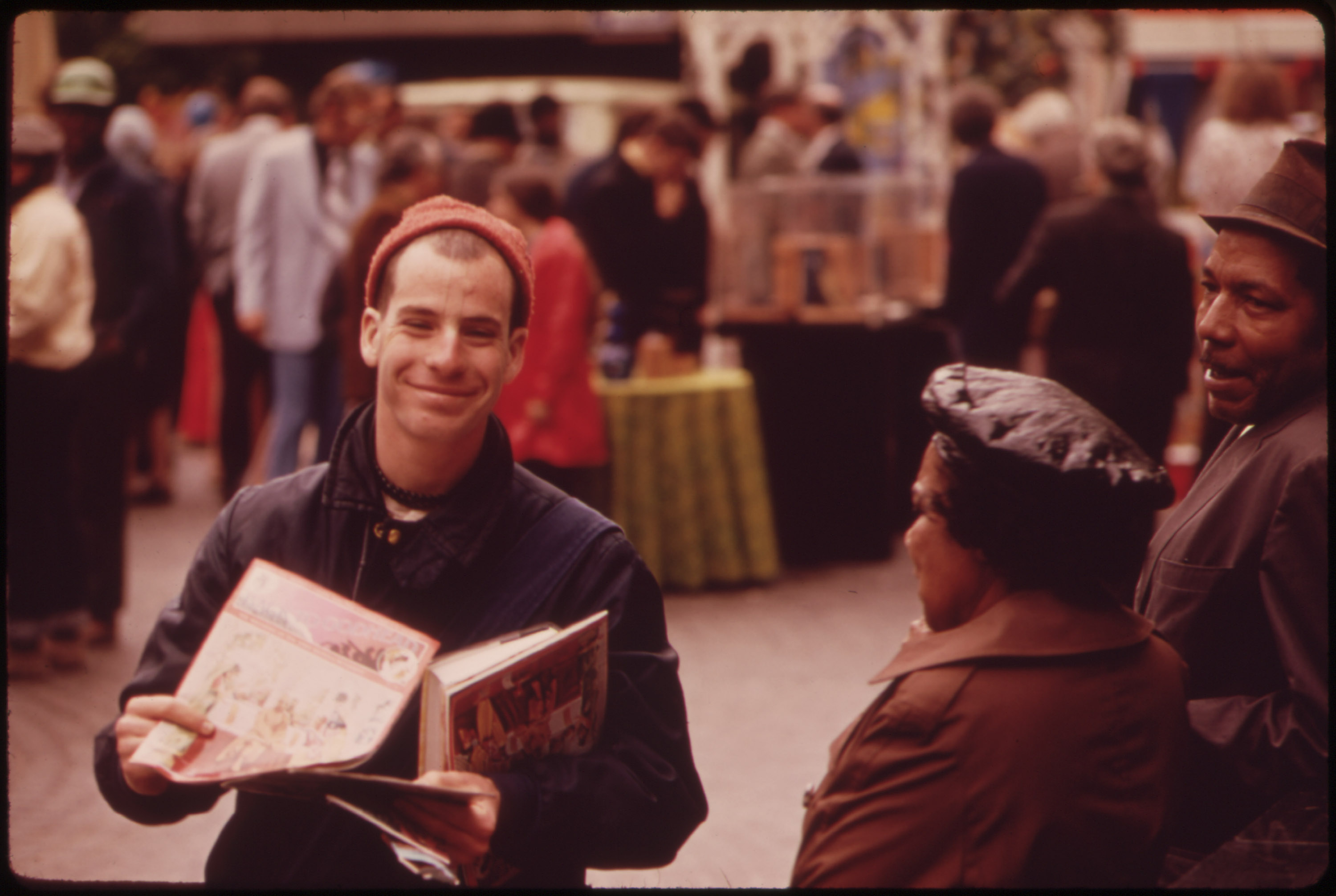Tag: automattic
-
In person kudos at the Automattic Grand Meetup
We have an amazing culture at Automattic that includes giving each other kudos as one form of recognition for great work, whether that’s delivering happiness to a customer, or to each other. Typically we use a Slack bot to share kudos, and that’s posted to an internal WordPress site dedicated to showcasing internal kudos. At…
-

New Automattic research on how to improve gender representation for technical roles
Our team has just released a white paper titled “Trust, Growth,Inclusion: A Study ofWomen Engineers’Job-Search Priorities” that explores what motivates women and non-binary technical professionals to join companies, and what helps retain them. Better gender representation is a challenge. I’m proud of our team’s efforts to better understand this challenge, and how to meet it.…
-

My Lisbon experience
I’m in Lisbon for my team’s meetup (last year we were in Rome). Our first day was a free day, and we went on a walking tour of parts of Lisbon. It was a terrific introduction to this city. Of course, I made plenty of photos. We took the Metro to where we were going…
-
When Automatticians meet up
Being a distributed team has its challenges (and loads of benefits, too). We meet up with our teams at least once a year in person (last year our team met up in Rome), and the whole company meets up once a year for our Grand Meetup. Aside from these meetups, Automatticians also meet up in…
-

43
Another year has passed, and it’s my birthday again! 🎉 Quite a lot has changed in the last year. Last year, I looked back on 2017, and where my path had taken me. I pretty much ended my retrospective with the following: While I don’t have all the answers (not even remotely), perhaps being 42…
-
The Explainer
A big part of my role as a Happiness Engineer at Automattic is explaining stuff to our users. I have a knack for it, particularly when it comes to email support. I commented to some colleagues today that I should change my job title to “Explainer” (we can basically choose our job titles at Automattic).…
-

When in Rome …
One of the perks of working for Automattic is having the opportunity to travel for team and company meetups. I arrived in Rome earlier today for a week-long team meetup. Because we’re a distributed company, we don’t often have a chance to meet our teams in person. Meetups are fantastic opportunities to get to know…
-

All The Blogging At Automattic
When I see people dismissing blogs, I can’t help but think that they’re missing a huge opportunity by turning away from this incredible platform.
 RSS – Posts
RSS – Posts